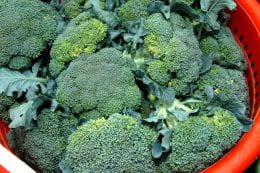It’s the 50th anniversary of National Nutrition Month® held annually in March. The purpose is to learn how to make informed food choices and take steps to improved physical activity and healthful eating.
The Academy of Nutrition and Dietetics chose the theme of “Fuel for the Future.” This emphasizes sustainable healthy habits and protecting the environment. Many ideas are available to improve your health at home, work, school, grocery store, and more.
Learn more about this campaign at www.eatright.org/national-nutrition-month-2023.

 January prompts many to resolutions to improve their goals. The most popular resolutions are eating less sugar, losing weight, and improving diet healthfulness. Here’s some SMART tips from the
January prompts many to resolutions to improve their goals. The most popular resolutions are eating less sugar, losing weight, and improving diet healthfulness. Here’s some SMART tips from the 

